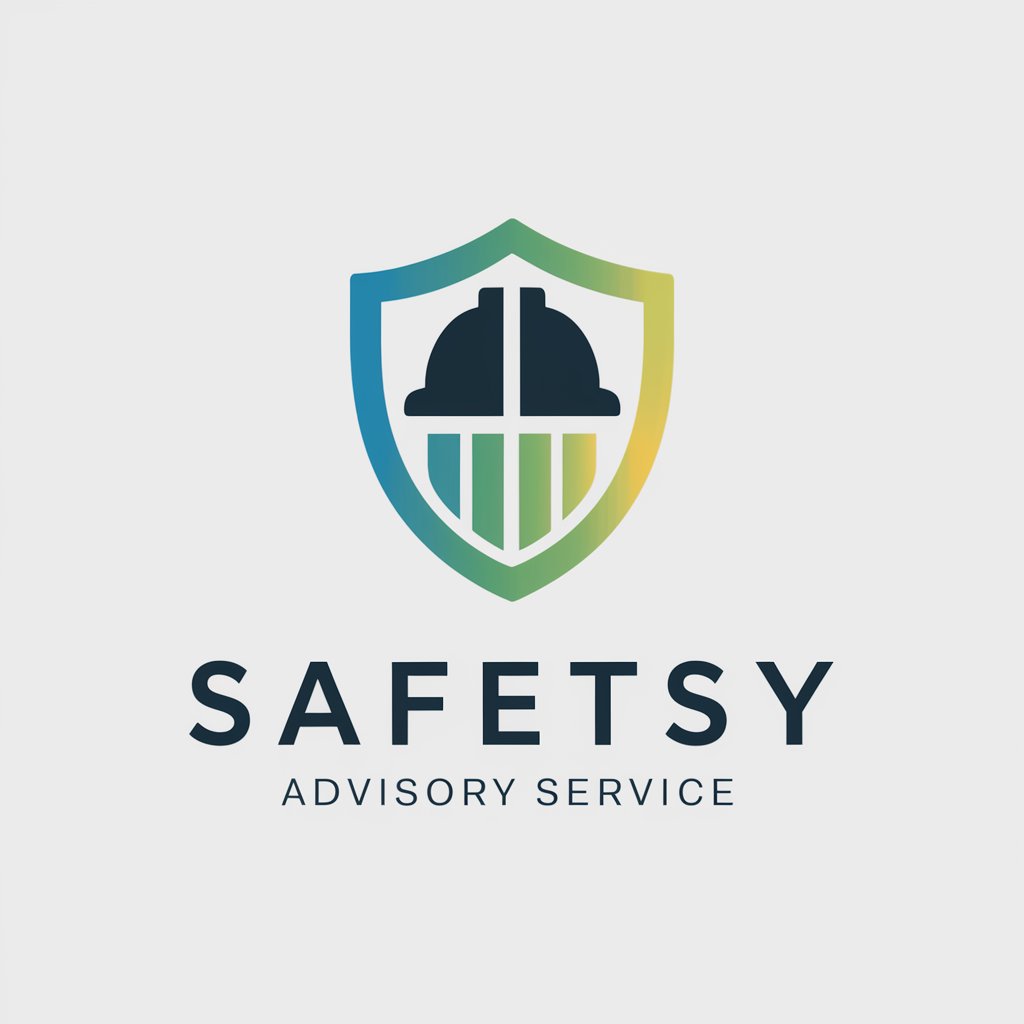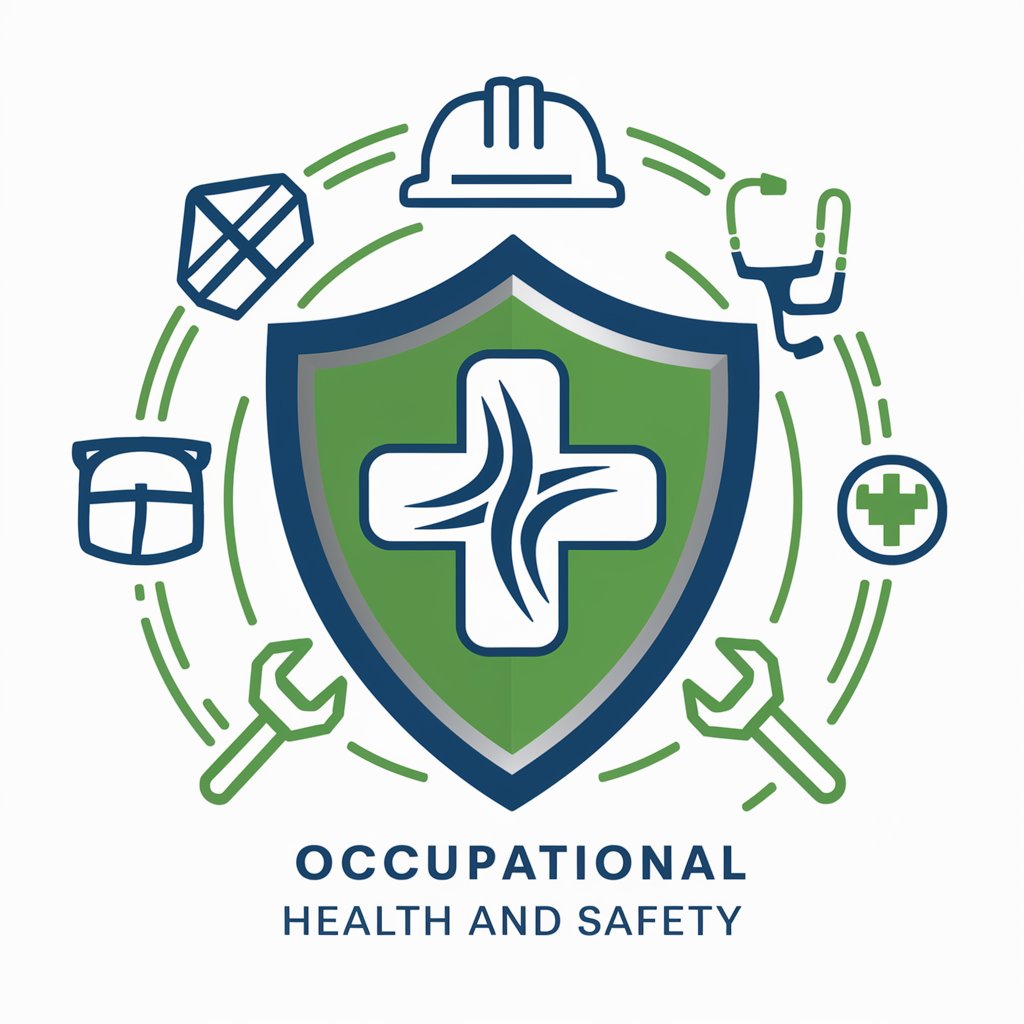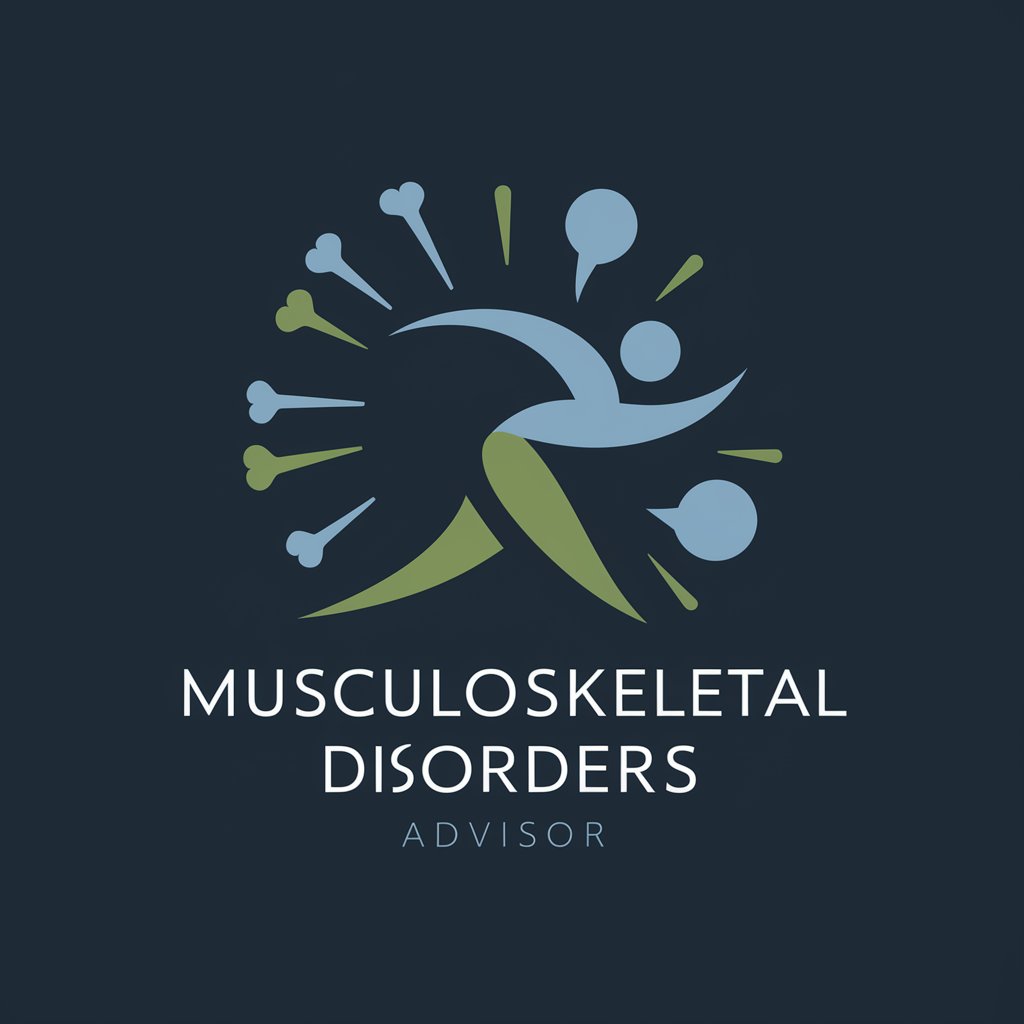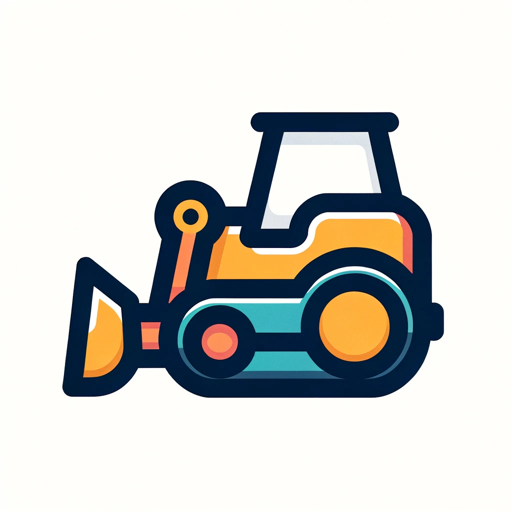
Manual Handling Awareness - Comprehensive Handling Education
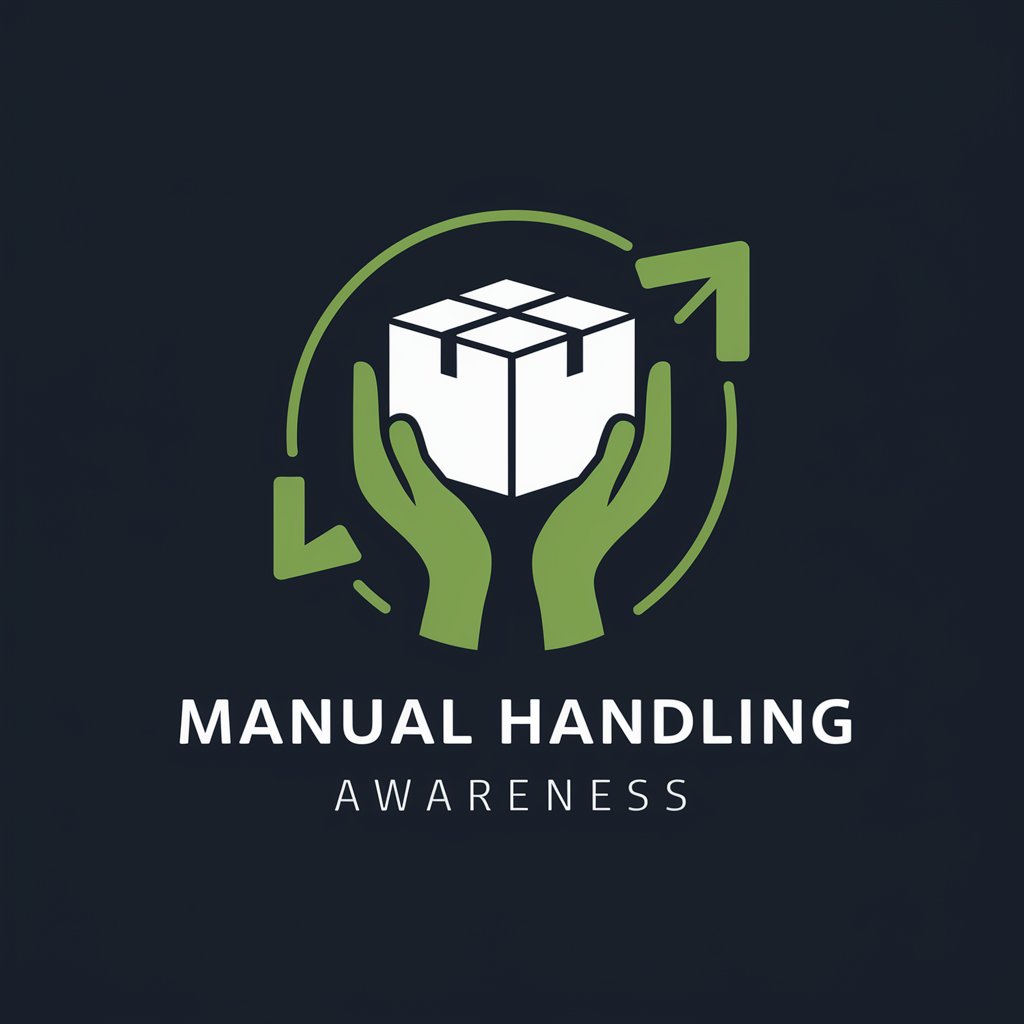
Welcome to Manual Handling Awareness, your guide to safe and effective manual handling!
AI-driven Manual Handling Guidance
What are the best practices for safe lifting techniques?
How can we prevent manual handling injuries in the workplace?
What are the legal requirements for manual handling in different industries?
Can you provide a checklist for identifying manual handling risks?
Get Embed Code
Understanding Manual Handling Awareness
Manual Handling Awareness is designed to provide essential knowledge and skills related to safe manual handling practices. Its core purpose is to minimize the risk of injury and ensure compliance with occupational health and safety regulations across various industries. This service educates on correct lifting techniques, the use of handling aids, risk assessment procedures, and the ergonomic design of work areas. For example, in a warehouse setting, the program might demonstrate the proper way to lift heavy boxes to avoid back strain, or in a healthcare environment, it might focus on the safe transfer of patients to prevent caregiver injuries. Powered by ChatGPT-4o。

Core Functions of Manual Handling Awareness
Education on Proper Lifting Techniques
Example
Providing step-by-step guides for lifting heavy objects safely, which includes keeping the load close to the waist, maintaining a stable posture, and avoiding twisting movements.
Scenario
In a retail stockroom, employees are shown how to safely lift and stack boxes to maximize efficiency and minimize risk of musculoskeletal disorders.
Risk Assessment Guidance
Example
Teaching methods to assess the risk of manual tasks, which involves evaluating the task, the load, the environment, and individual capability.
Scenario
In a construction site, a supervisor uses a checklist provided by Manual Handling Awareness to evaluate the risk posed by moving large construction materials and plans safer work processes accordingly.
Training on the Use of Mechanical Aids
Example
Instructions on using devices such as forklifts, hoists, and trolleys to handle heavy or awkward loads.
Scenario
In a hospital, staff are trained on how to use patient hoists safely to ensure that moving patients is done without causing harm to either the healthcare worker or the patient.
Target User Groups for Manual Handling Awareness
Warehouse Workers
This group benefits from learning about varied lifting techniques and the use of handling aids to manage different types of loads, thus preventing common injuries such as back strain or hernias.
Healthcare Professionals
Healthcare workers, including nurses and caregivers, often perform patient handling tasks that require specialized knowledge to avoid injuries. Training programs can provide techniques for safe patient handling and movement.
Construction Workers
Construction workers engage in a range of manual handling tasks that can pose significant risks without proper training. Awareness and application of safe handling practices are crucial in this physically demanding environment.

How to Use Manual Handling Awareness
Initial Access
Visit yeschat.ai to explore Manual Handling Awareness through a free trial; no login or subscription required.
Identify Needs
Determine your specific needs or pain points related to manual handling, such as understanding proper lifting techniques or compliance with industry regulations.
Engage with Content
Utilize the interactive modules such as quizzes and scenario-based learning to deepen your understanding and application of safe manual handling practices.
Apply Knowledge
Implement the techniques and strategies learned into your daily work routines or training modules to reduce injury risk and improve safety compliance.
Feedback and Iteration
Provide feedback on the usability and effectiveness of the content and continuously adapt the learning to suit evolving workplace requirements.
Try other advanced and practical GPTs
Awareness Coach
Sharpen Your Mind with AI-Powered Training
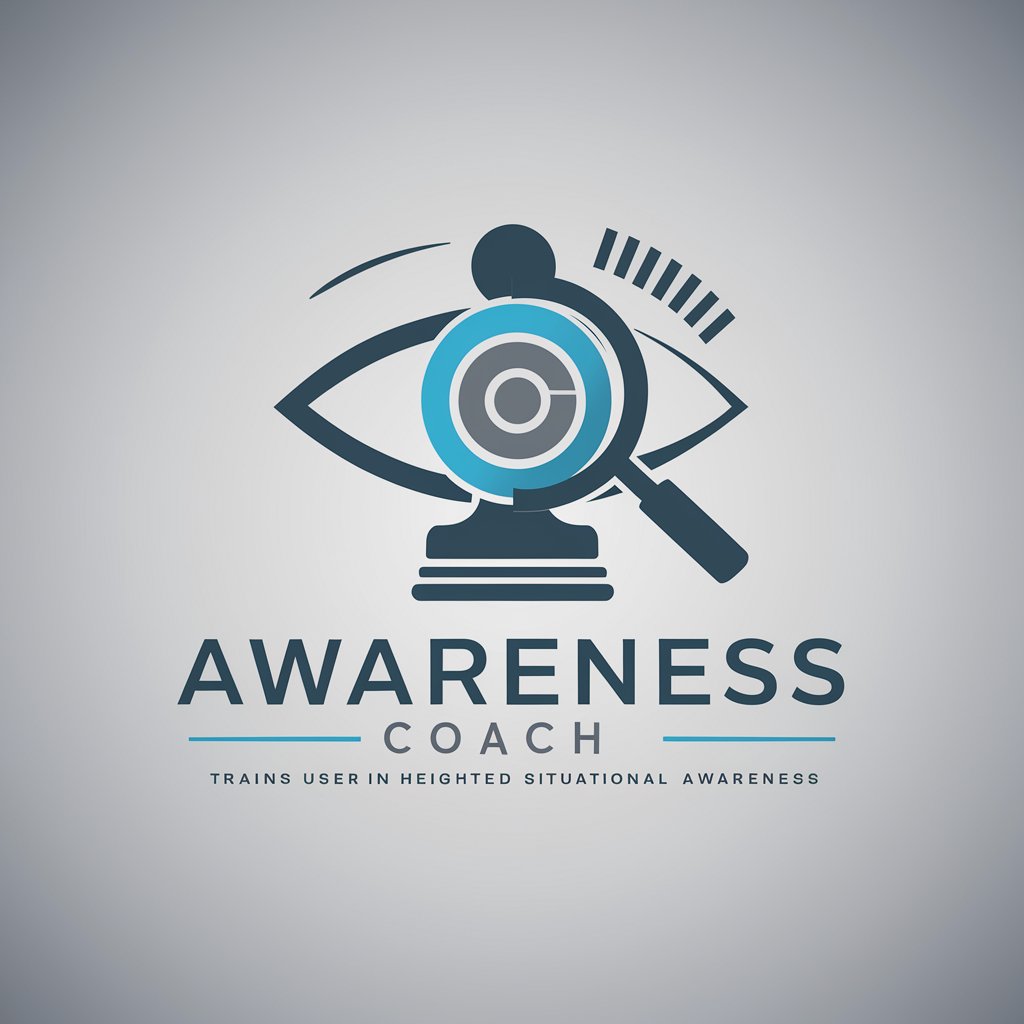
Artwork Describer GPT
Bringing Art to Words with AI

MagicTG - Awakening Artwork
Crafting Your Imagination with AI

Digital Artwork GPT
Empowering Artistry with AI

Artwork Explorer
Illuminate Art with AI Insight

MEDDIC Sales Champion GPT
Empower Sales with AI-Driven MEDDIC Insights

Cybersecurity Awareness Trainer
Empower Your Cybersecurity With AI

Awareness Ally
Insightful Self-Reflection with AI
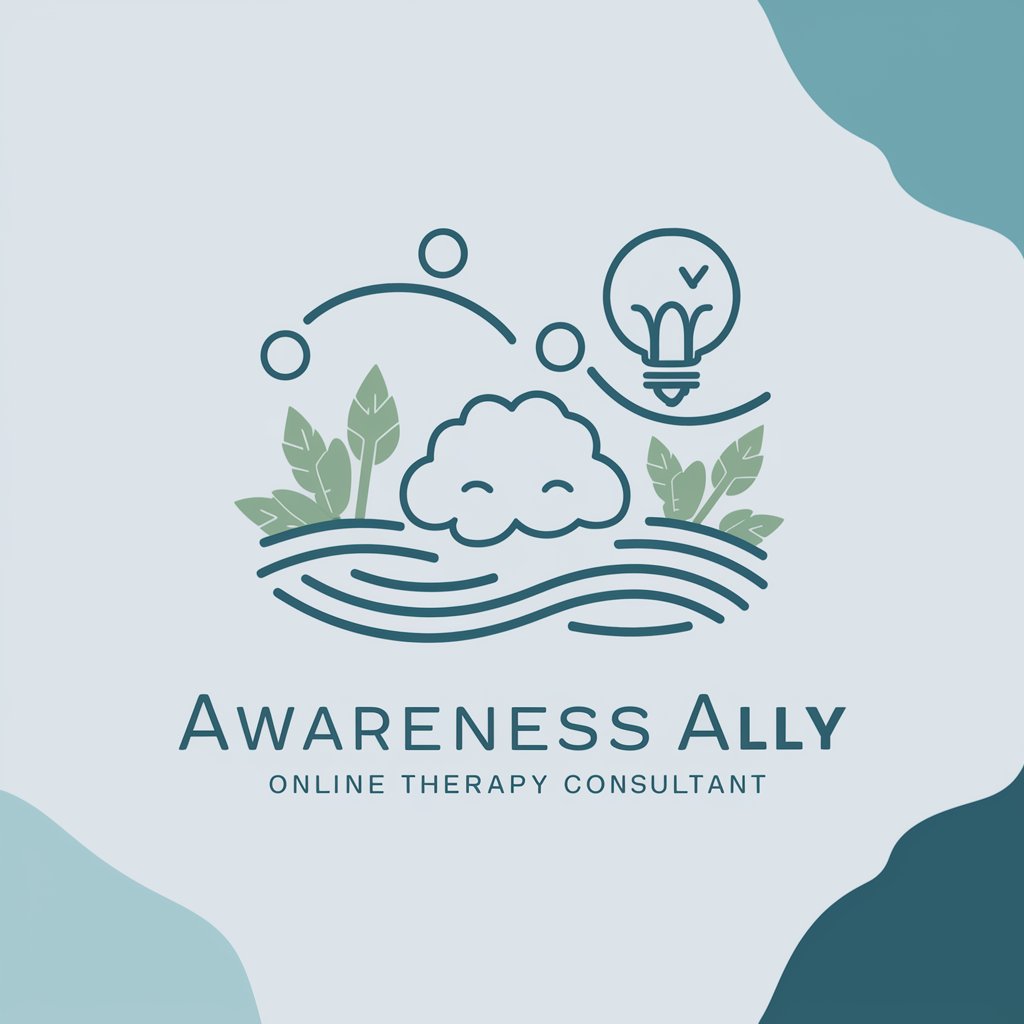
Space Domain Awareness
Your Eye in the Sky: AI-Driven Space Monitoring

Cognitive Awareness Guide
Explore Deeper, Think Smarter

Security Awareness Specialist
Empower with AI-driven Cybersecurity Education
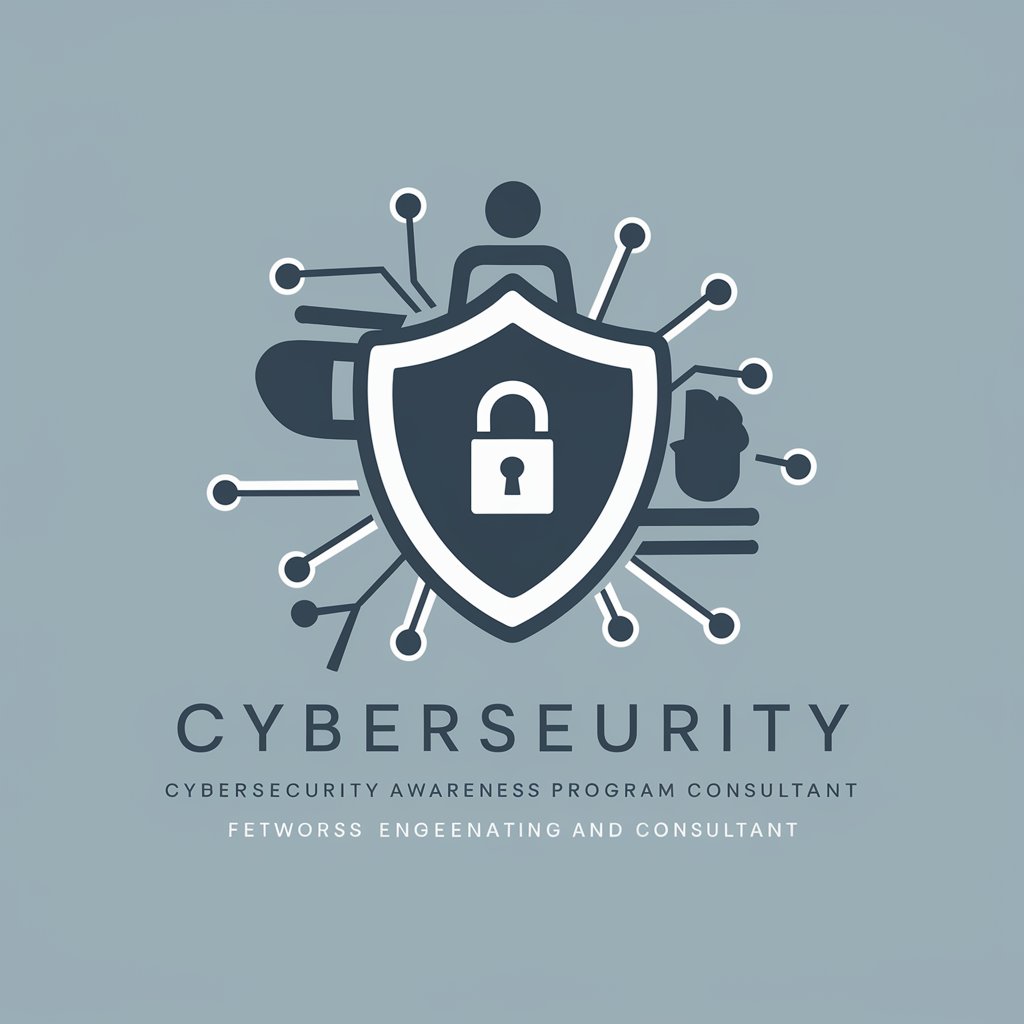
Social Surge
Amplify Your Social Impact with AI
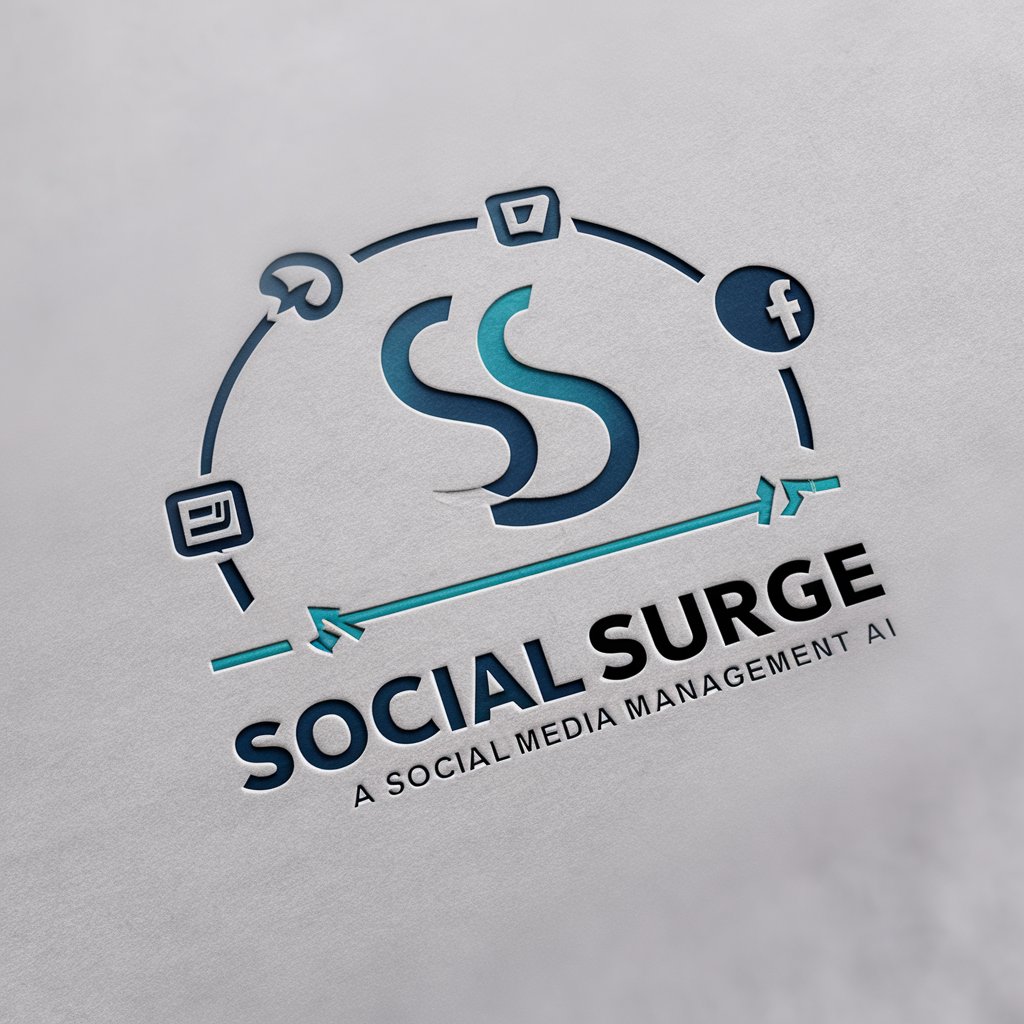
Frequently Asked Questions about Manual Handling Awareness
What is Manual Handling Awareness?
Manual Handling Awareness is an educational tool designed to inform and train individuals and organizations on effective and safe manual handling techniques. It encompasses interactive learning modules that cover legal requirements, injury prevention, and proper handling methods to promote a safer workplace.
Who can benefit from using this tool?
This tool is beneficial for a wide range of users, including warehouse workers, healthcare professionals, construction employees, and office staff. It helps anyone who performs manual handling tasks as part of their job to do so more safely and efficiently.
How does the interactive learning module work?
The interactive learning modules are designed to engage users with practical, scenario-based exercises that simulate real-world situations. Users are prompted to make decisions based on the scenarios presented, which reinforces learning and application of safe manual handling practices.
Can this tool help with legal compliance?
Yes, Manual Handling Awareness provides comprehensive information on the legal obligations and standards for manual handling. It helps organizations ensure compliance with local and international regulations by educating their workforce on legally mandated practices and preventive measures.
What are some tips for maximizing the benefits of Manual Handling Awareness?
To maximize benefits, users should consistently apply the techniques learned from the tool, seek regular feedback from peers and supervisors, and continually update their knowledge as new regulations and practices emerge. Engaging with the tool’s updates and supplementary resources can also enhance user understanding and compliance.

